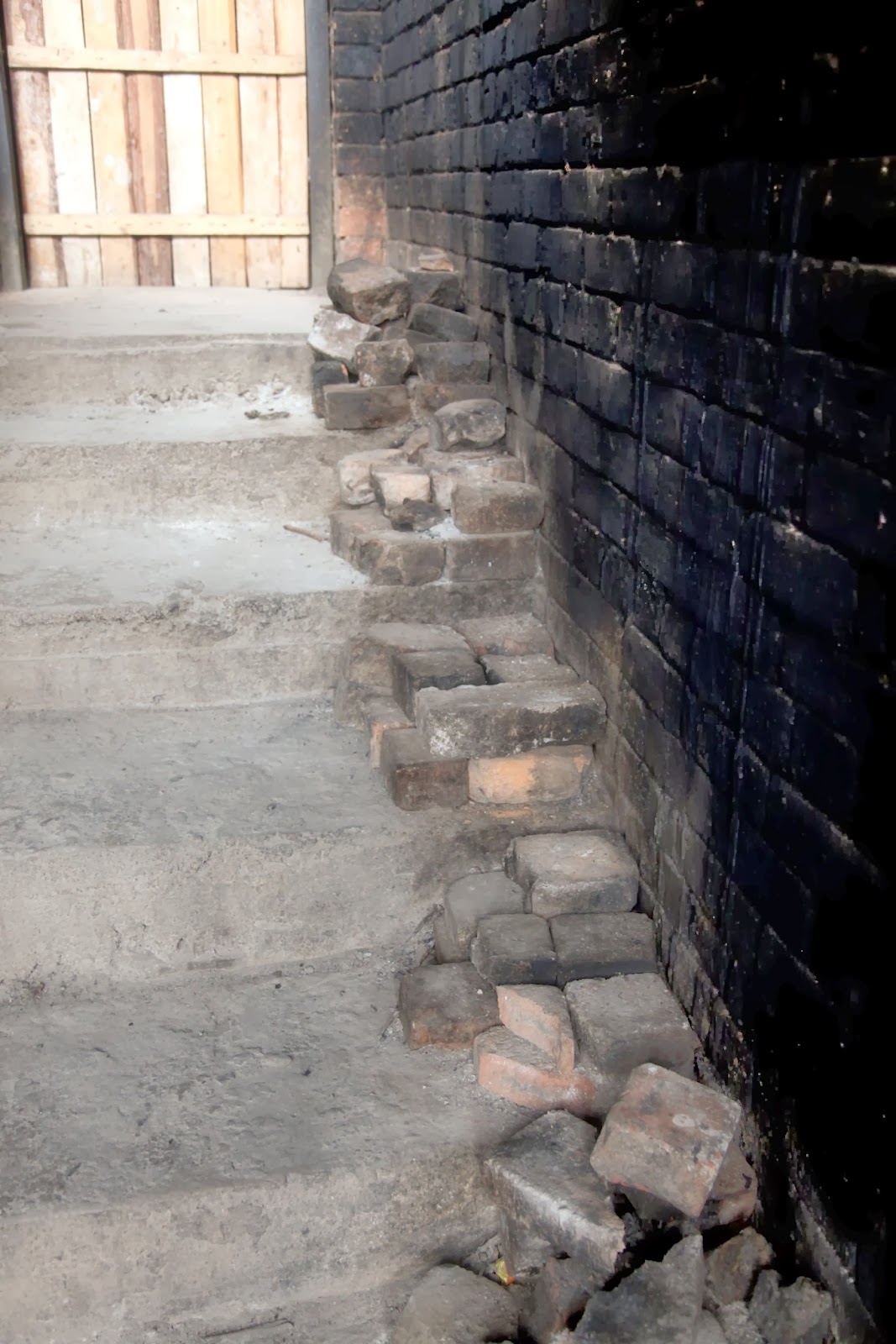Continuing from Part I, the next mission of my journey was to survey a few sites where we will build our next primary schools. Our charity organization, AKH Love and Care, has already built over 30 schools in rural China and we are primarily known as a charity that channels every donation dollar to the cause. These trips to China were all self-funded. Nothing comes out of the donation purse except to fund the building and scholarship. Period.
Today we visited the village of Naye (纳夜镇), which is actually a conglomerate of 38 villages spread over the mountain ranges. We visited the village of Kafa (卡法村) at the top of the mountain, where an old primary was already in existence but conditions were so bad even by Chinese standard, as one local journalist observed. Water supply is a huge problem here, and we are now building a pipeline that connects to a natural spring some distance away.
A lot of the students live in the other 37 villages across the mountains, so one of the bigger family homes was offered as student dormitory. The conditions were, however, as bad as can be imagined: about 30 students cramped into a room with only one light bulb, and the stairs are lined with make-shift stoves that they use to make their dinners.
Since we're on the subject of dinner ... The village chieftain was anxious to get our vote, so a luxurious feast was prepared by the local Robuchon, a menu that included dog stew, dog sausages, stuffed dog intestines, minced dog, wild greens, tofu, and wild corn. Realizing that I was traveling with three Englishmen who usually address dogs by pet names and not as dishes, they offered to pick better (and more digestible) corn for us - which we declined but they insisted - and the better ones were still tougher than straw. It however gave us a very good idea how these people live, and even though I am penning a Michelin review now we uttered not a word of complaint then. We were actually more than thankful that they laid out more food for us than they'd seen in a year.
As mentioned in Part I, there weren't enough 4x4 for our group so my "seat" was at the back of the pickup truck, which suits me fine, except for 11km of yet-to-be-paved winding mountain track.
These are the stoves that the student built out of bricks. Each kid will occupy one flight of stairs and cook their dinner.
The Buyi people and their signature blue cloth. They don't speak mandarin. The Buyi language was actually similar to Tibetan at one point, until they split into two different languages some 900 years ago.
Update: a new school is being built now, scheduled for completion in summer 2014. The water pipe should be completed around February.






























No comments:
Post a Comment